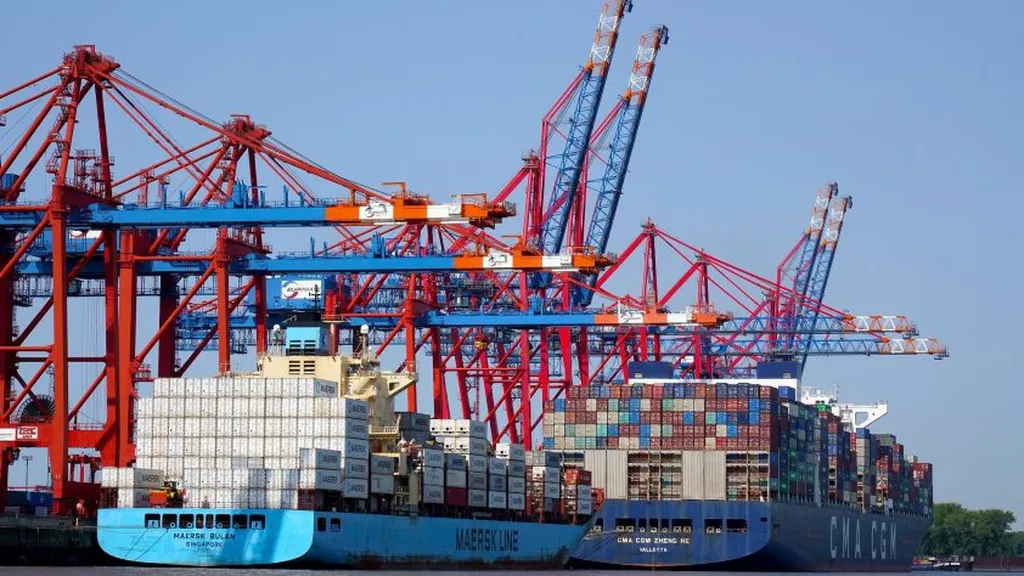In an era marked by unprecedented fragility in global supply chains (GSCs) and an evolving landscape of hybrid threats, understanding the resilience and robustness of these networks has become more critical than ever. A recent study by researcher d’Artis Kancs delves into the intricate dynamics of GSCs, examining how various organisational structures and strategic decisions impact their ability to withstand disruptions. The research leverages a parsimonious supply chain model to explore the interplay between uncertainty and GSC resilience, offering valuable insights for both policymakers and industry leaders.
The study begins by acknowledging the heightened vulnerability of GSCs, which are increasingly susceptible to a range of disruptions, including natural disasters, pandemics, and hybrid or military aggression. These disruptions introduce different types of uncertainties, challenging the traditional approaches to supply chain management. Kancs’s research seeks to understand how these uncertainties influence the organisational structure of GSCs and the strategic decisions that organisations make in response.
One of the key aspects explored in the study is the trade-off between risk-aversion and ambiguity-aversion. Risk-aversion refers to the preference for avoiding known risks, while ambiguity-aversion pertains to the uncertainty associated with unknown risks. The research investigates how these preferences drive decisions related to vertical integration versus upstream outsourcing. Vertical integration involves a company controlling multiple stages of the supply chain, from raw materials to final production, while upstream outsourcing involves relying on external suppliers for these stages.
The study also examines the trade-off between resilience and efficiency. Resilience refers to the ability of a supply chain to quickly recover from disruptions, while efficiency focuses on optimising costs and performance under normal conditions. Kancs’s research analyses how these trade-offs influence the diversification strategies of GSCs, particularly in the presence of externalities. Externalities are side effects or impacts that occur outside of the primary transaction or activity, affecting third parties.
To parameterise the scalable data model, the research utilises World-Input Output Tables, which provide a comprehensive view of global economic interdependencies. By simulating the survival probability of a GSC, the study assesses the implications for supply chain robustness and resilience. The model-based simulations offer an interoperable and directly comparable conceptualisation of the positive and normative effects of counterfactual resilience and robustness policy choices.
The findings reveal that the organisational structure of GSCs significantly interacts with uncertainty, shaping the optimal diversification strategies under both decentralised and centralised decision-making frameworks. In decentralised structures, where individual firms make decisions based on their own interests, the optimal strategy may differ from that in centralised structures, where decisions are made to maximise overall system efficiency. The study highlights the importance of considering these structural differences when designing policies aimed at enhancing GSC resilience and robustness.
The research underscores the need for a nuanced understanding of the complex interplay between uncertainty, organisational structure, and strategic decision-making in GSCs. By providing a robust framework for analysing these dynamics, the study offers valuable insights for developing effective resilience and robustness strategies. As global supply chains continue to face an array of challenges, the findings from this research can guide policymakers and industry leaders in building more resilient and robust supply networks, ensuring their ability to withstand and recover from disruptions. Read the original research paper here.

